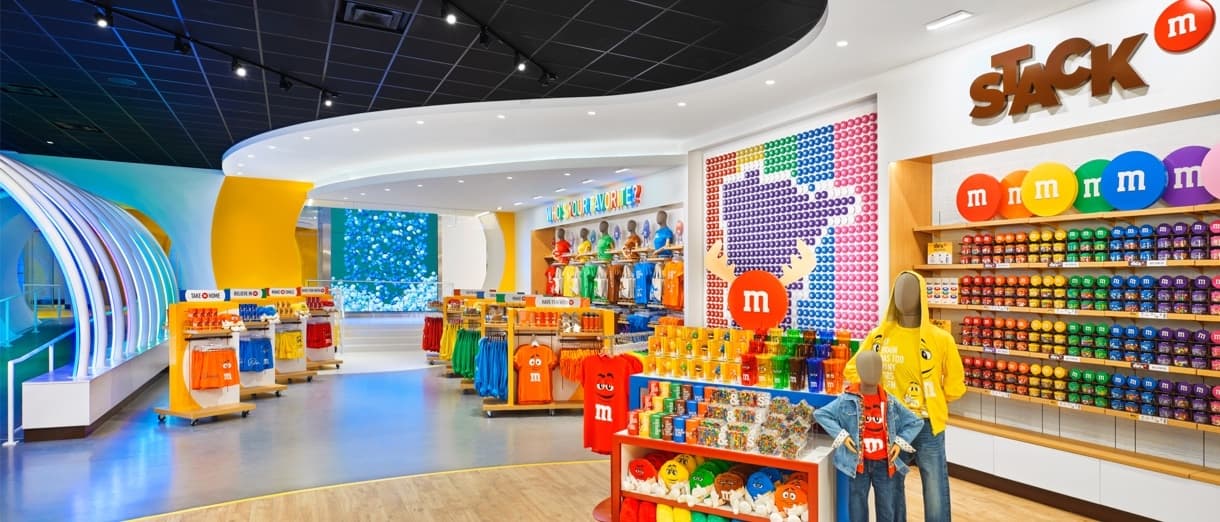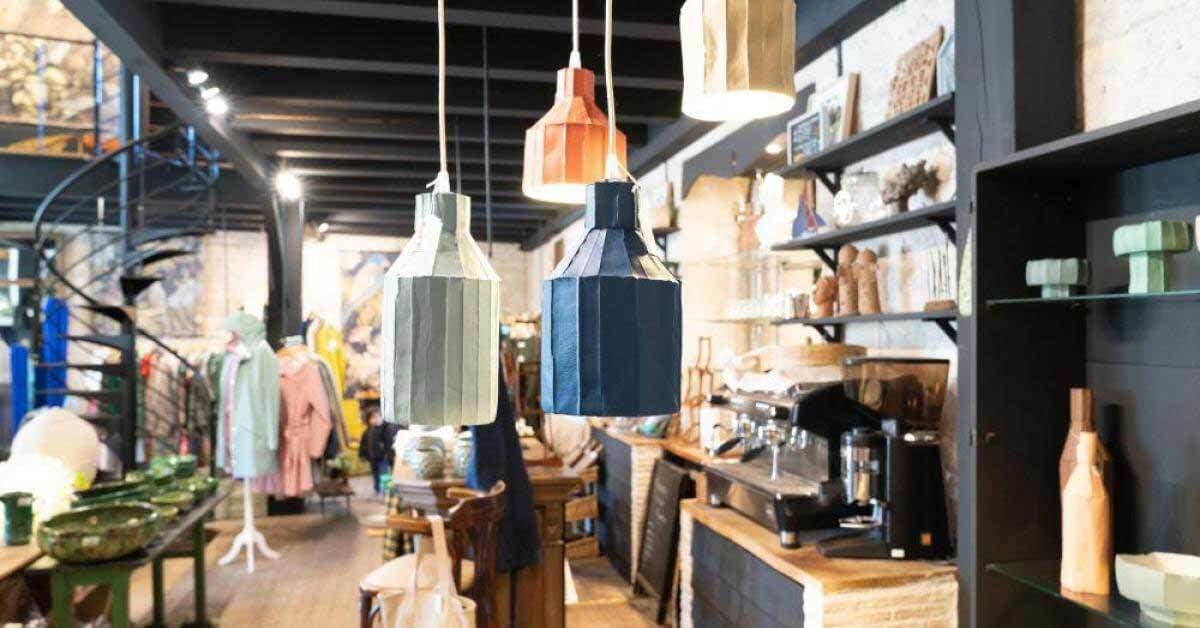What's Up with Retail?


COVID sent retail on the rollercoaster ride of a lifetime over the past two years, presenting challenges that not even the most seasoned forecaster could have predicted. There’s no denying it, even as the rest of the world opened back up, the rebound for retail has been tough. But how do some brands seem to skate through difficult times and come out on top? And, with a cloud of uncertainty still hanging in the air, how can retailers rise up out of the chaos and remain in the black—or even turn a profit in 2023?
Understand the current landscape
The pandemic has tested the patience of retailers and consumers alike, with the words “inventory levels” and “supply and demand” causing collective eye rolls and head shakes. In addition to ongoing supply chain issues, economic uncertainty—specifically, inflation—is playing a key role in market volatility. The war in Ukraine has also changed the retail landscape, causing a shortage of neon gas, which is used for semi-conductor manufacturing. Add to that a general trend of sales shifting online, and it’s safe to say that retailers have been thrown a series of curve balls.
Instead of planning 3 to 6 months out, plan 6 to 9 months out.
Start planning earlier
So, what’s a retailer to do? Angel Carra, President of Retail at Sparks, has three words of advice: plan, plan, plan. “Instead of planning 3-6 months out, plan 6-9 months out,” she says. With supply chain disruptions still keeping retailers awake at night (China shut down during March through May of this year due to its zero tolerance policy for COVID) and a recent challenge in the transportation sector narrowly averted, planning even further ahead is crucial. Carra also recommends patience. “It’s a marathon, not a sprint,” she cautions. “Be patient and flexible as you find out what’s available and what’s not. This could be a good opportunity for you to evolve as a company and improve or expand your suppliers, or partner with another company to enhance your offerings.”
Know your target demographic
As you hash out the details of your next marketing or construction strategy, revisit some of the fundamental questions: Who are your customers? And how do they want to spend their dollars today? While it’s true that the pandemic has accelerated the shift to online shopping, some demographics would rather shop in person for certain products and services. Older folks may want to visit an electronics store or a bank in person, for example, so they can get educated on products before they purchase them.
While most people have turned to mobile banking for routine transactions, many others still prefer to talk face-to-face for more complex interactions. Citizens picked up on this trend and refreshed many of its branches to include more consultation areas so that their financial advisors can cross-sell other products.
Likewise, destination stores are still a draw for consumers, who may get dressed up to go shopping at a higher-end mall—think King of Prussia mall or the Mall of America. These customers will literally go the extra mile to drive to your store, but they expect something more in return. Retailers need to up their game and enhance the customer experience for these savvy shoppers. M&Ms retail store in the Mall of America, for example, offers a fun, multi-level shopping experience featuring candy, clothing and home decor, as well as a stunning wall of chocolate, interactive moments and plenty of photo opportunities.
Think local
Destination stores that offer experiences may be worth the drive, but when it comes to shopping for routine, everyday items, most customers prefer not to venture too far afield. The pandemic has spawned a hyper-local trend, where stores are popping up in everyone’s backyard. Companies like Wawa and Starbucks, for example, have built smaller, less-expensive footprints to be more accessible to consumers. From a customer service perspective, it’s easier and more convenient for consumers to visit a store that’s in their own neighborhood. T-Mobile is capitalizing on this trend as well by bringing its network to small towns and rural communities, further expanding its coverage across the country. Check out our thoughts on Shop-in-Shops: The Benefits to Retailers, Consumers & What to Consider.
Look for partnerships
Forward-thinking companies are looking for synergies in the marketplace and partnering with other brands to offer consumers a more comprehensive experience and one-stop-shopping. Meta, for example, has recently teamed up with T-Mobile to sell its Ray-Ban Stories in their stores. This is a win-win because Meta doesn’t have a brick and mortar footprint, and different product offerings bring more customers into T-Mobile’s stores.
No matter how you look at it, the world has changed dramatically in the last two years, and retailers who want to come out ahead need to be nimble and flexible to adjust to constant change. With extra planning and patience, retailers can not only weather the current storms, but also use this as an opportunity to re-evaluate their current business models, evolve and innovate.


